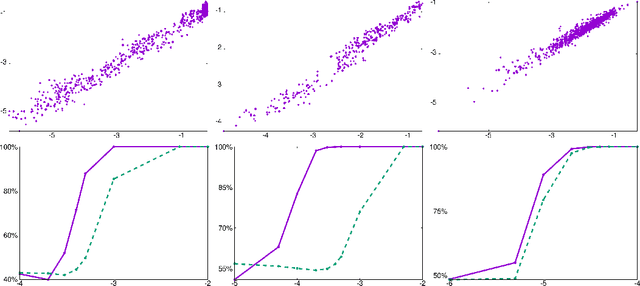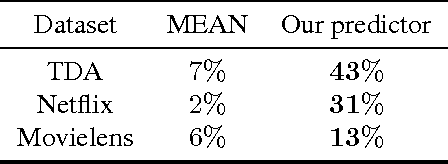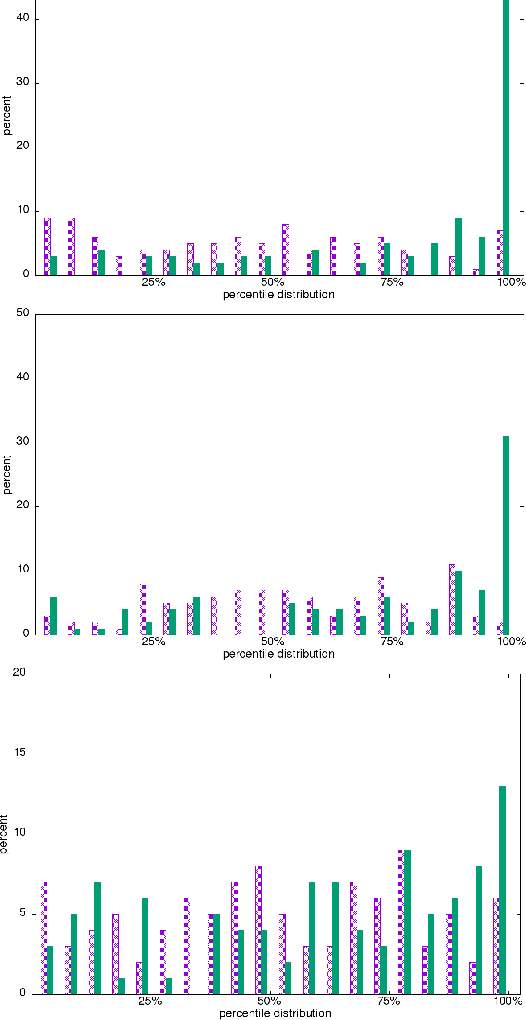Temporal anomaly detection: calibrating the surprise
Paper and Code
May 29, 2017



We propose a hybrid approach to temporal anomaly detection in user-database access data -- or more generally, any kind of subject-object co-occurrence data. Our methodology allows identifying anomalies based on a single stationary model, instead of requiring a full temporal one, which would be prohibitive in our setting. We learn our low-rank stationary model from the high-dimensional training data, and then fit a regression model for predicting the expected likelihood score of normal access patterns in the future. The disparity between the predicted and the observed likelihood scores is used to assess the "surprise". This approach enables calibration of the anomaly score so that time-varying normal behavior patterns are not considered anomalous. We provide a detailed description of the algorithm, including a convergence analysis, and report encouraging empirical results. One of the datasets we tested is new for the public domain. It consists of two months' worth of database access records from a live system. This dataset will be made publicly available, and is provided in the supplementary material.
 Add to Chrome
Add to Chrome Add to Firefox
Add to Firefox Add to Edge
Add to Edge